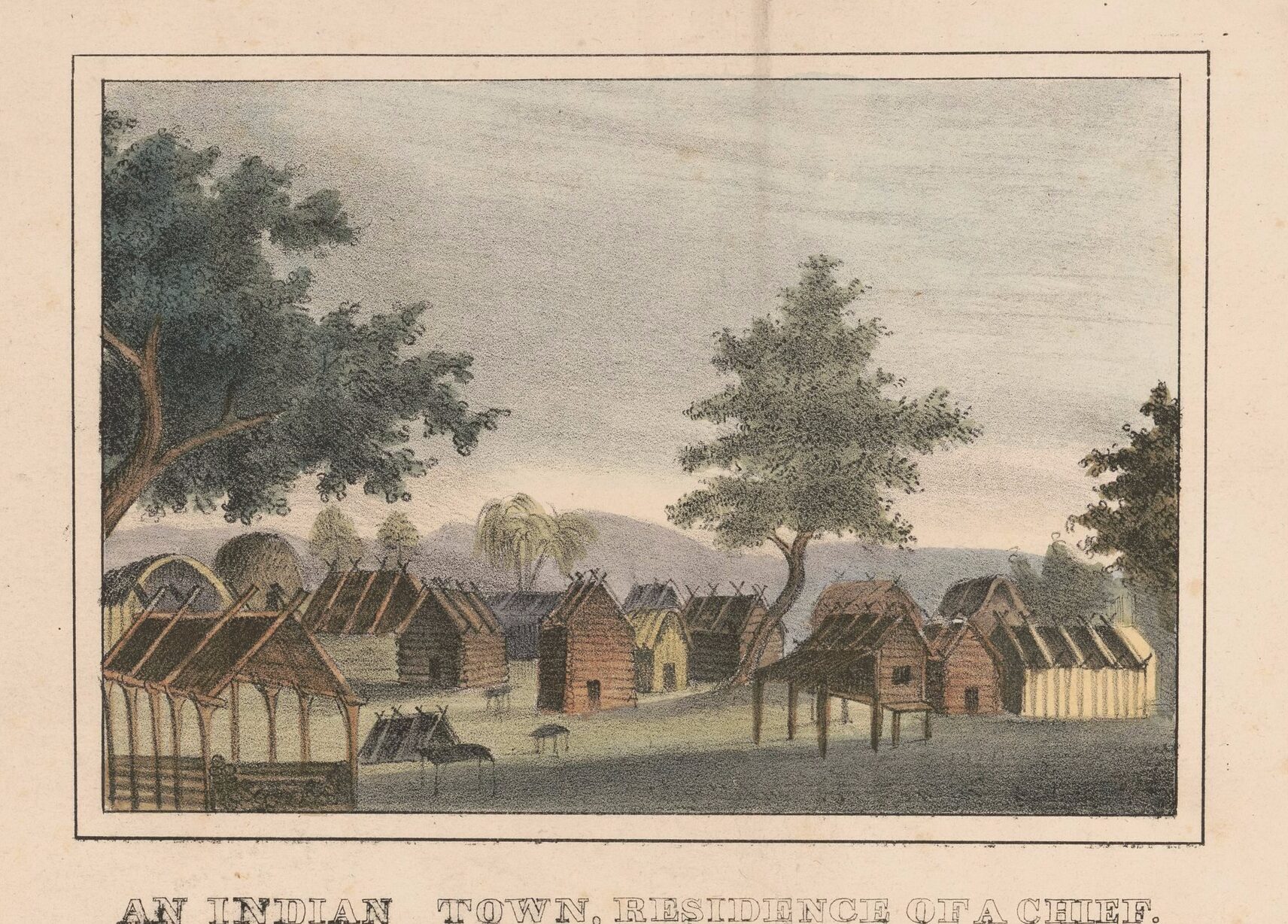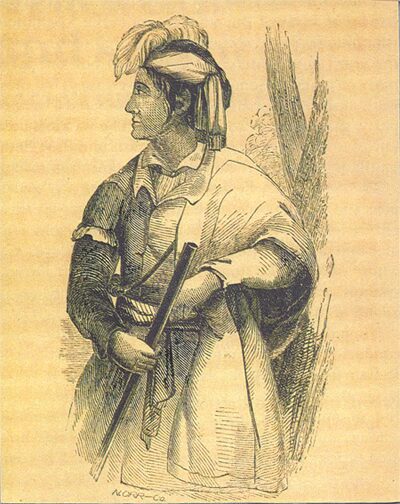Discover the story of the Black Seminoles, an overlooked Afro-Indigenous group that fought for freedom and survived oppression through a unique odyssey.
In the annals of American history, certain narratives have been overshadowed by dominant accounts. Among them is the story of the Black Seminoles, a group of African and Indigenous descendants whose tale remains little known but vital. Their quest for freedom, resilience in the face of oppression, and relentless struggle to preserve their independence form a rare and powerful narrative—a testament to intersectional struggles for survival and dignity.
The birth of a refuge

In the late 17th century, the first traces of what would become the Black Seminole community emerged in the swamps of Spanish Florida. Escaping the chains of South Carolina and Georgia, African slaves found refuge in the Indigenous territories of Florida. Opposed to the slavery practiced by the British colonies, the Spanish offered them asylum, land, and sometimes arms, hoping they would defend Spanish borders against colonial incursions.
These flourishing communities, composed of Maroon Blacks and Seminole Indigenous people, developed a unique way of life. Their villages, often secluded in the impenetrable swamps of the Everglades, became bastions of autonomy. Seminole and African cultures intertwined: Blacks adopted Indigenous clothing and traditions, while Seminoles incorporated African rhythms, stories, and agricultural practices into their own culture.
The shadow of oppression: The Seminole Wars

While Spanish Florida served as a refuge for the Black Seminoles, their existence quickly attracted the attention of neighboring slaveholding powers. Plantations in Georgia and the Carolinas, viewing these enclaves of freedom as a threat to the slave system, intensified armed incursions. When Spain ceded Florida to the United States in 1821, tensions reached their peak.
In 1830, under Andrew Jackson’s administration, the Indian Removal Act was passed. This legislation aimed to relocate Indigenous tribes from east of the Mississippi to territories in the West. For the Black Seminoles, however, this policy posed an existential threat: deportation meant a return to slavery. Thus began the Second Seminole War (1835–1842), one of the most costly conflicts in U.S. history before the Vietnam War.
Alongside the Seminoles, the Black Seminoles waged a fierce guerrilla campaign against U.S. troops. Under legendary leaders such as John Horse, they used their knowledge of the swamps to ambush and resist federal forces. Their determination, fueled by the constant threat of enslavement, led U.S. General Thomas Jesup to declare:
“This is not an Indian war.
It is a Negro war.”
Betrayal and exodus: The long journey west

Despite their courage, the Seminole coalition was gradually overwhelmed by American military power. Treaties signed under duress promised the Black Seminoles freedom if they agreed to surrender and migrate with the Seminoles to Indian Territory (present-day Oklahoma). But upon arrival, these promises crumbled. Emancipation was revoked, and they were again threatened with enslavement by slaveholding settlers.
Refusing to live under American domination, John Horse and Seminole leader Wild Cat led an exodus to Mexico in 1850. After a six-month journey through hostile territories, they found refuge in the state of Coahuila, where the Mexican government offered them land in exchange for defending the border against Comanche and Apache raids. There, the Black Seminoles established a prosperous community called El Nacimiento, marking a new chapter in their struggle for freedom.
The Black Seminoles and the U.S. Army

The story of the Black Seminoles did not end with their settlement in Mexico. In the 1870s, the United States, seeking soldiers to secure its southern border, recruited Black Seminoles as military scouts. Known for their bravery and expertise, these Seminole Negro Indian Scouts participated in several campaigns against hostile tribes. Their contributions were so remarkable that several of them received the Medal of Honor, the highest military distinction in the United States.
However, their service did not shield them from discrimination. After their demobilization, many were left destitute, betrayed by unfulfilled government promises. Many returned to Mexico, where their descendants still live today, preserving a powerful yet overlooked legacy.
A forgotten but indomitable legacy

The story of the Black Seminoles illustrates the complexities of the struggle for freedom in an America marked by the violence of slavery and colonialism. They were not just fighters but also negotiators and community builders. Their legacy survives in the stories of their diaspora: from descendants in Brackettville, Texas, to the Gullah-Geechee communities of the Carolinas, and in El Nacimiento, Mexico.
Yet their memory has been deliberately erased from history books. Their resistance, which included the largest slave revolt in U.S. history and costly wars against federal forces, remains a forgotten chapter in a nation reluctant to celebrate collective Black and Indigenous resistance.
Why tell this story today?
The story of the Black Seminoles is not merely a journey into the past; it sheds light on contemporary struggles for racial justice and cultural recognition. Their history reveals the strength of solidarity among oppressed communities, the importance of collective resistance, and the dangers of institutional betrayal.
It also invites us to reconsider notions of nationality and belonging. Through their migrations across colonial borders, the Black Seminoles demonstrate that the quest for freedom transcends geographical boundaries. Their story challenges us to question how official narratives omit or marginalize essential voices in building an honest and inclusive collective memory.
Voices from History
The Black Seminoles were more than fugitives or fighters. They were architects of a freedom wrested from a system determined to silence them. Though neglected, their story still resonates today, reminding us that even in the most oppressive contexts, some voices refuse to be extinguished.
By celebrating them, we honor not only their courage but also their vision: a world where human dignity is non-negotiable. Their descendants, whether in Texas, Florida, or Mexico, carry this legacy as a torch, illuminating the shadows of a frequently erased past.
